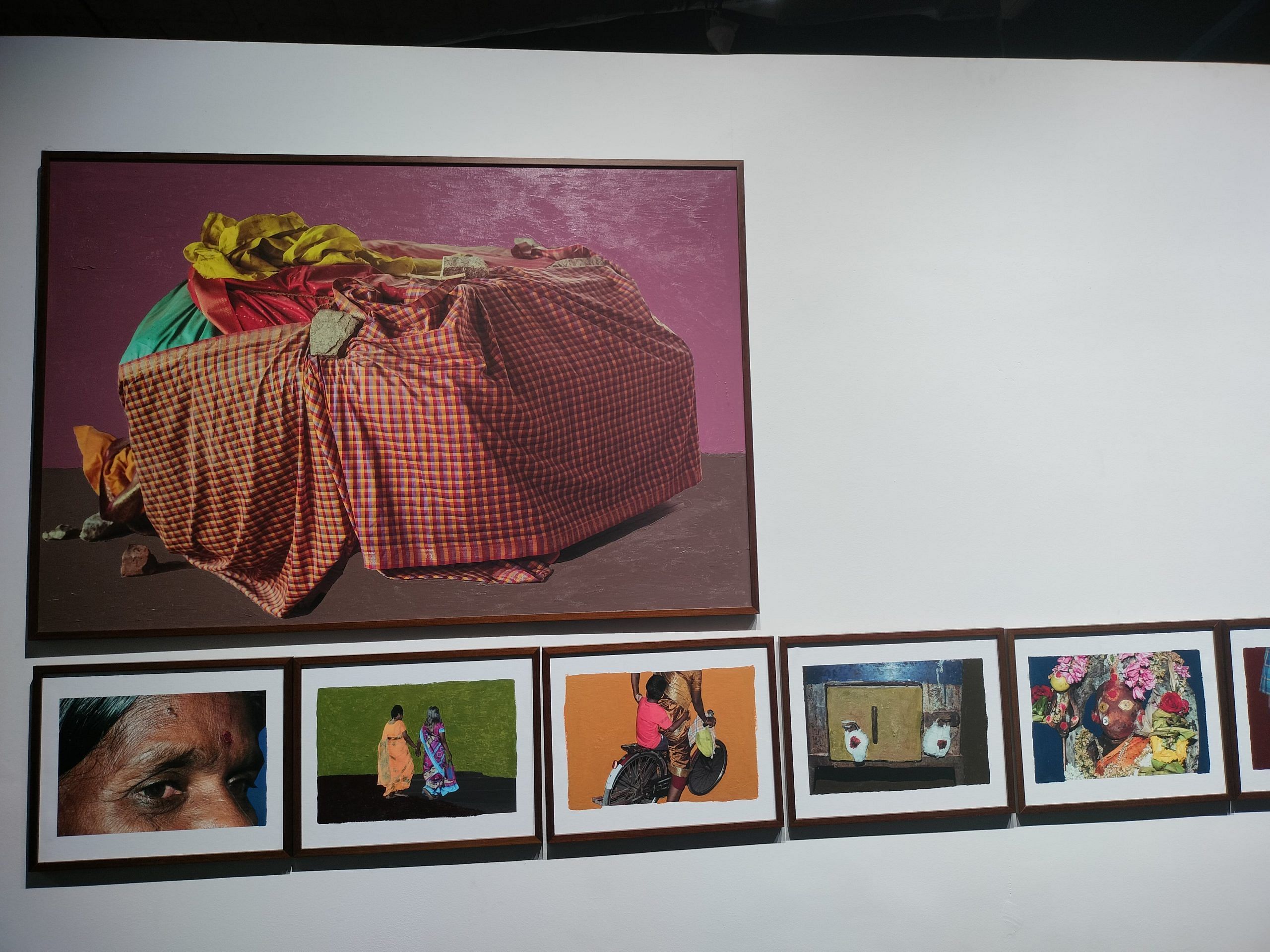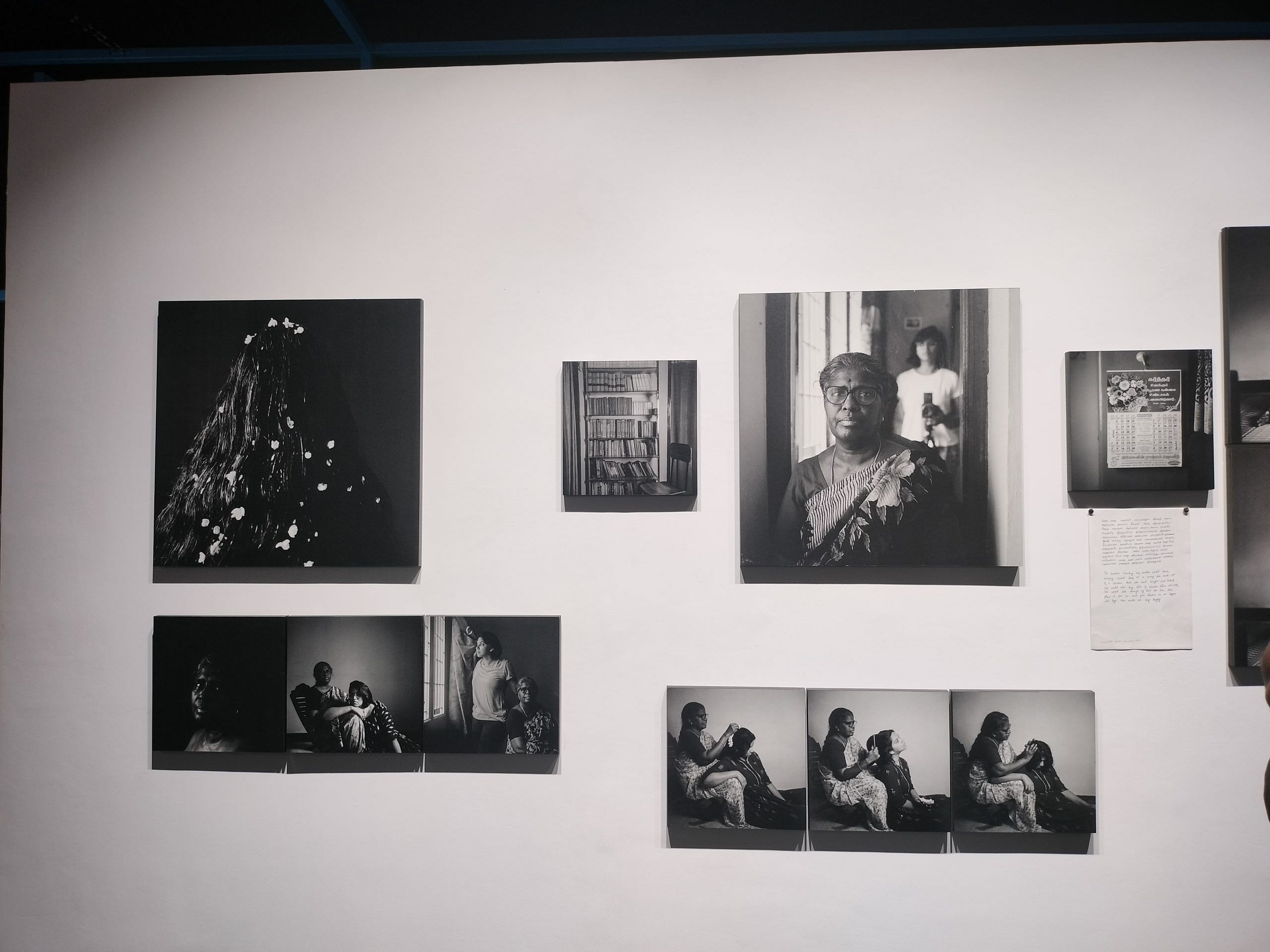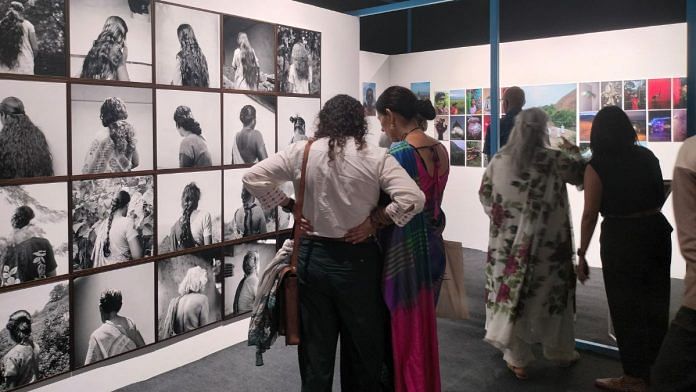Chennai: The fourth edition of the Chennai Photo Biennale asks a simple question: Why photograph?
For the next few months till March 2025, the Chennai Photo Biennale (CPB) will answer it through photo exhibitions, workshops, and talks on the narrative power of photographs. After all, a picture is worth a thousand words.
“Nowadays, we are encountering images every nanosecond. We are trying to question why we do that [take photographs] and how we are looking at those photographs,” said Shuchi Kapoor, founding trustee, CPB.
The CPB has all ingredients to bring local emotions to a global melting pot, from the portrayal of love and life through a queer lens to women and children responding to the world through photography to a set of images rooted in the cultural ethos of Tamil Nadu.
“It’s not a frame on the wall. The works are portrayed with elements of writings, and sounds too,” she added.
To be held in two phases, the CPB will feature nine exhibitions in various themes across the city’s public places till 16 March next year.
Launched on 20 December, the biennale takes inspiration from award-winning Indian photographer Dayanita Singh, who constantly explores and questions the art of photography.

“During Covid-19, Singh started looking at her own archives and started asking a lot of questions. When you shoot, you don’t have many questions, but when you look at it two months later, it’s different. And we wanted people to think about it. It’s an important question they [photographers] must ask themselves: why are they photographing?” Shuchi said.
Inaugurating the Biennale’s first exhibition, titled ‘Vaanyerum Vizhuthugal’ (Roots that Reach for the Sky), noted Tamil film director Pa Ranjith said there is a growing gap between people and art. He said spaces like the CPB are crucial to bridge the gap.
“We need to celebrate art and artists. It will also result in increased responsibility of artists. All artists are revolutionaries,” Ranjith said.
Also read: Ismat Chughtai scolded Naseeruddin Shah for not reading her work. Then he wrote a play on her
Roots that reach the sky
To answer the question ‘Why photograph’, Chennai-based photographer Priyadarshini Ravichandran addressed the subtleties of psychological, social, and economic violence inflicted on women and people from marginalised communities. Her exhibition, ‘Sudaroli’, was a visual, thought-provoking essay. She turns her gaze on a folk goddess with saffron smeared on her forehead. Flowers and jewels adorn the idol, but it lacks one thing—a mouth.
In another image, a woman is juggling her child while riding a cycle on a busy street. Next to this is a frame with two women walking while holding hands. Featuring bright colours, all the images have one thing in common: a thick acrylic background that hides everything else in the frame.
The collection was featured in Vaanyerum Vizhuthugal at Chennai’s VR Mall.
“I wanted my work to showcase pain in everyday life,” Ravichandran told ThePrint. The 36-year-old artist captured the images travelling across Tamil Nadu. She wants her work to prompt victims of violence to speak up.
Ravichandran’s choice of an acrylic background is her attempt to bridge the mediums of photography and art, two art forms she has been practising over the years.
Besides Ravichandran, the exhibition features 11 other artists, who reimagine belongingness in the state, curated by Madurai-based photographer Jaisingh Nageswaran.
“The exhibition aims to highlight the importance of having diverse voices in a unified society,” Jaisingh said.
Adjacent to ‘Sudaroli’, a series of black and white pictures depicted moments from the everyday life of a mother and her young daughter. From the mother combing the daughter’s hair to the latter resting her head idly on her mother’s lap, the collection portrayed excerpts of popular Dalit novelist Bama’s works.
Photographer Krithika Sriram said she chose to feature Bama’s writing as it was closely related to her own history of being a Dalit Christian.
“When I read Bama, it was personally moving. The first time, I saw something really close to home. My medium is photography and I wanted to respond to the world,” she said.

Collating the collection was a slow process for Sriram, as she had to stage every visual. She said she was contacted by the exhibition curator Jaisingh as he was looking for works rooted in Tamil Nadu’s culture and history.
Anushka Anand, a 23-year-old visual designer, said the exhibition reminded her of her own native place in Bihar, which she left at the age of 12 for education.
“I feel like some of them [the exhibits] were my story. The works feature small things that you learn to appreciate once you are away from a place. You never know whether it’s worth documenting. But here, they are highlighting it,” she said.
(Edited by Prasanna Bachchhav)






